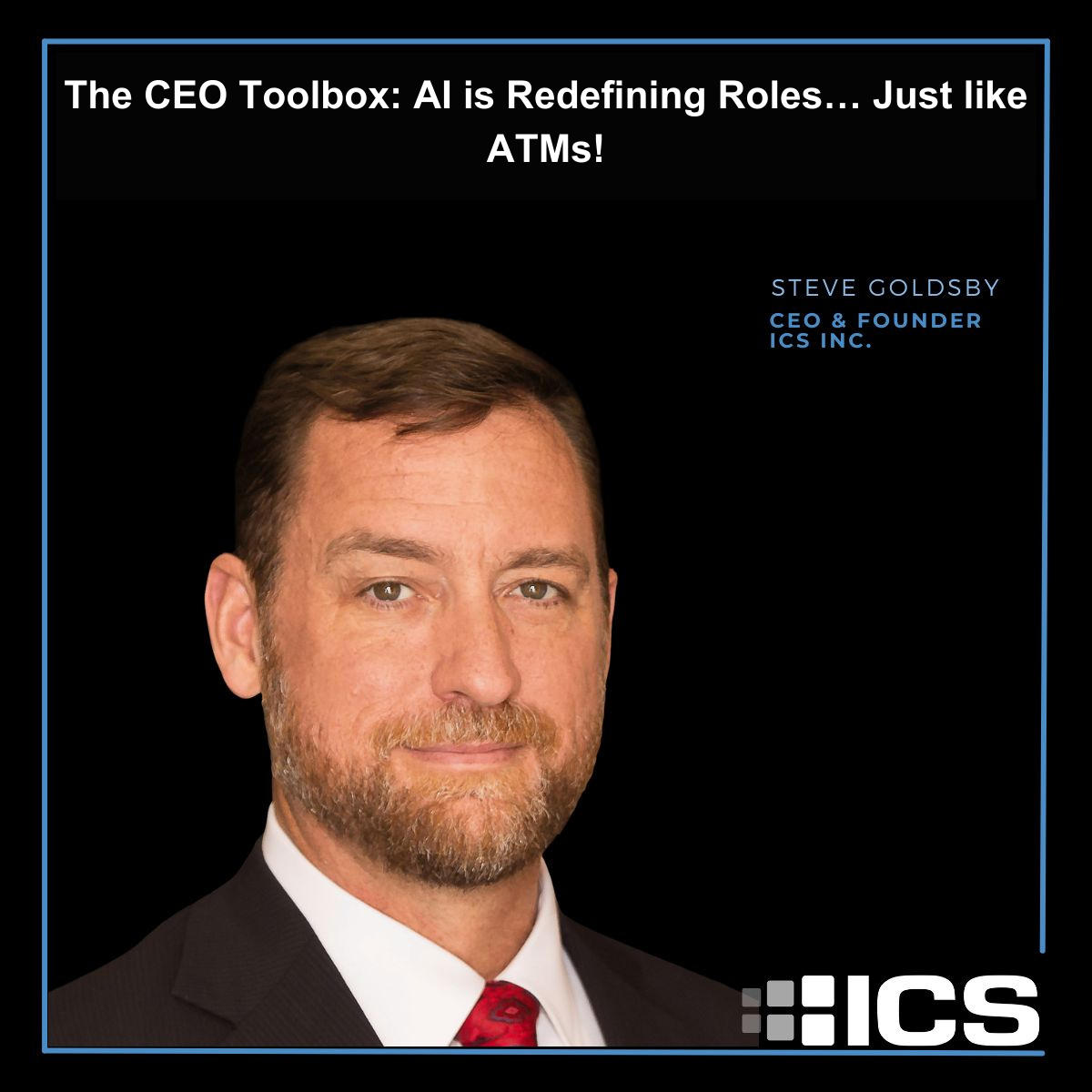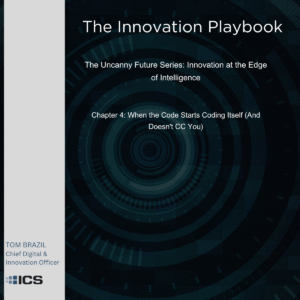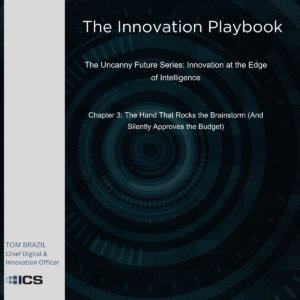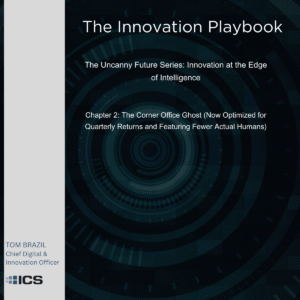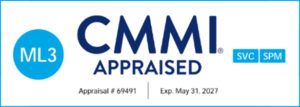In his insightful 2016 TED talk, economist David Autor posed a thought-provoking question: “Will automation take away all our jobs?” His answer, backed by historical evidence and economic principles, was a resounding no. Autor argued that while automation may displace certain job roles and functions, it ultimately elevates humans to work on more complex, value-added, and customer-facing activities.
At ICS Inc., we’ve taken this principle to heart. As a company focused on delivering no-fail IT support to global military missions, we understand the critical importance of efficiency and reliability. That’s why we’ve leveraged AI and AI Agents to democratize knowledge and processes, enabling our $30/hr. labor to perform $50/hr. tasks and even parts of $150/hr. tasks.
Autor’s ATM vs. teller analogy perfectly illustrates this concept. When ATMs were introduced, many feared that bank tellers would become obsolete. Instead, banks opened more branches, and tellers took on more complex roles, focusing on customer relationships and problem-solving. Similarly, by using AI to automate routine tasks, we free up our skilled solution architects to focus on high-value, strategic work that drives our business forward.
As CEOs, it’s our responsibility to embrace the opportunities presented by automation and AI. By investing in these technologies and providing our employees with the tools and training they need to succeed, we can create a more efficient, adaptable, and resilient workforce. It also enables us to focus on delivering VALUE to our customers’ missions.
At ICS, we’ve seen firsthand the benefits of this approach. Our employees are more engaged, productive, and fulfilled, knowing that their skills are being fully utilized and their contributions are making a real impact.
So, my fellow CEOs, I encourage you to consider how you can leverage AI and automation in your own organizations. By empowering your workforce and embracing change, you’ll position your company for success in the ever-evolving business landscape.
You can see David’s TED Talk here: https://lnkd.in/gWG2edRQ
#AI #Innovation #FutureOfWork #EmployeeEmpowerment #CEO #Leadership


